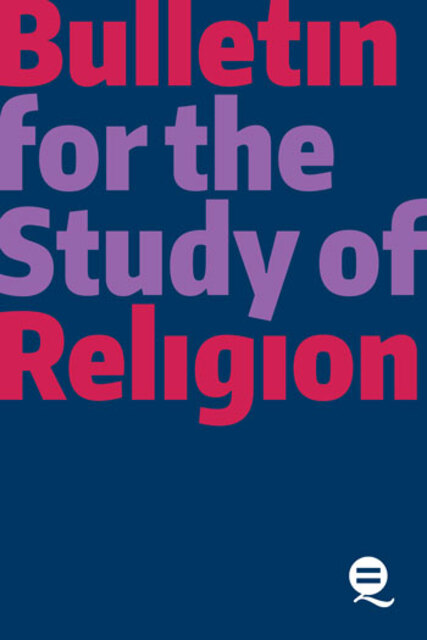The Torero during the Franco Regime: A “Soldier-Monk” in the Arena?

Full description
During the Franco regime between 1939 and 1975, when Spain was under the grip of an official national-catholic ideology whose keystones were the army and church, the torero was used as a vector for Francoist ideology. Courageous, full of national pride and a stout Christian, the torero seemed to incarnate all the virtues of the Spanish, elevated in the Francoist model into the glorified image of the “soldier-monk”. Little research has so far been conducted into parallels drawn between the torero and the “soldier-monk”. Drawing on the analysis of media documents from the Franco period, this paper sets out to address the following question. How does the correlation between the torero and the “soldier-monk” fit with the sad-faced, austere knight-like figure of the matador Manolete (1917-1947) during the 1940s? Within the bullring, spectators (aficionados) and toreros share in intense emotions and a boundless sense of religious devotion that bind them to life while passing close to death.
- typeImage
- created on
- file formatjpeg
- file size27 KB
- container titleBulletin for the Study of Religion
- creatorJustine Guitard
- issnISSN: 2041-1871 (Online)
- issue47.1
- publisherEquinox Publishing Ltd.
- publisher placeSheffield, United Kingdom
- doi
We use cookies to analyze our traffic. Please decide if you are willing to accept cookies from our website. You can change this setting anytime in Privacy Settings.
